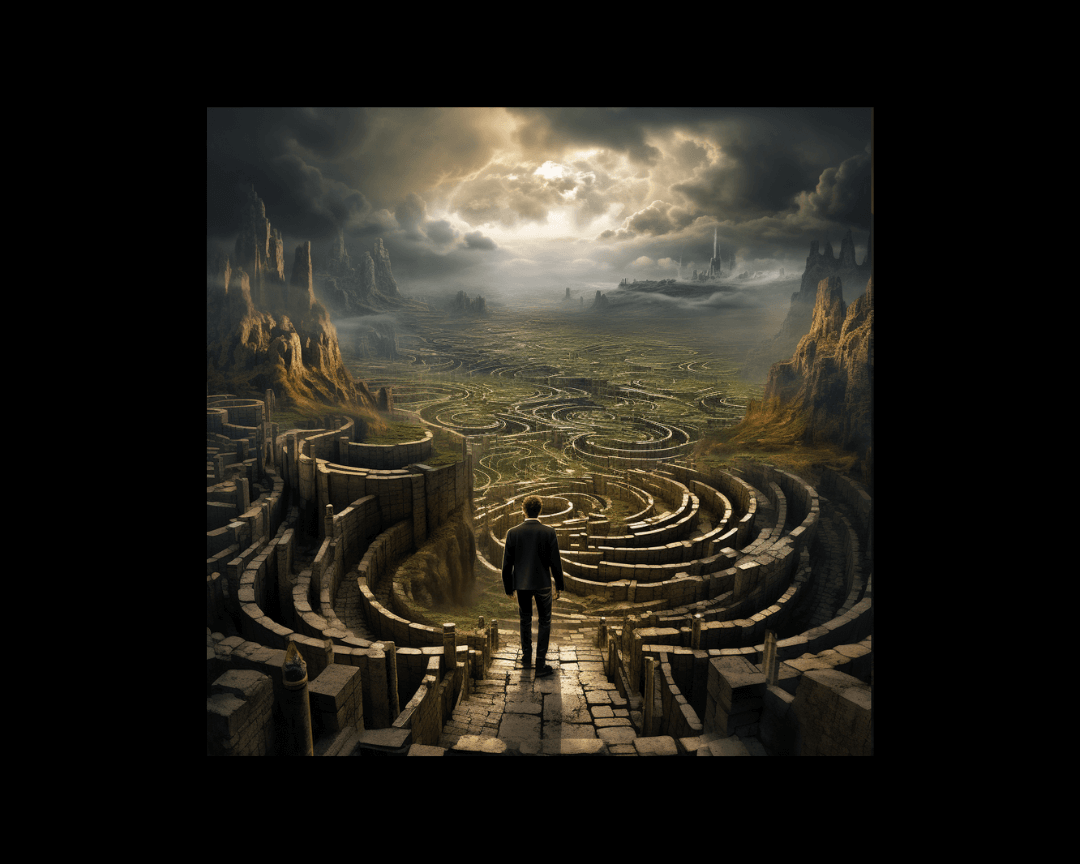Mastering Exposition in Story
Have you ever been told that your story felt bogged down with too much information? Or perhaps you've encountered a fantasy novel where the first...
2 min read
 Writing Team
:
Oct 26, 2023 2:44:22 PM
Writing Team
:
Oct 26, 2023 2:44:22 PM

What exactly is exposition in storytelling, and how can you incorporate backstory while keeping your readers captivated?
We've all encountered the pitfalls of too much or too little exposition, the historical essay that drags on, or the endless character monologue. So, let's investigate exposition in storytelling and learn how to get it right.
Before we proceed, let's clarify what exposition means in storytelling.
Exposition is the background information about a story's main characters and setting.
In simple terms, it's everything that happened before the novel started.
For example, when we first meet Bilbo Baggins in "The Hobbit," we learn that his family has lived a peaceful, adventure-free life in The Hill for generations.
Every story exists within a larger context, and exposition serves the crucial purpose of providing readers insight into the characters and setting. It enriches the reading experience by helping readers understand the characters' motivations and the world they inhabit.
A person's past experiences shape their behavior and choices in real life. The same principle applies to fictional characters. Details about a character's relationship history, life experiences, upbringing, culture, and education can make their actions in the present more meaningful and relatable. Backstory matters; it adds depth to characters.
Exposition isn't limited to main characters. Secondary or minor characters also benefit from well-placed background details. A character's background can significantly impact their role in a scene. For instance, a medical professional on a plane might evoke different emotions in readers depending on whether they are an experienced doctor or a struggling medical student.
Remember that not all characters are equally important to the story. The level of exposition you provide should correspond to a character's significance.
Be cautious not to overwhelm your readers with excessive exposition for minor characters who play limited roles in the plot.
Exposition isn't limited to characters; it can also breathe life into your story's setting. Skillful exposition can create a vivid and immersive world. For example, Diana Evans uses exposition effectively in "Ordinary People" to describe a house, its history, and how it reflects the themes of the novel.
Balancing exposition in storytelling is a challenge. While background information is necessary, you don't want to bog down your narrative with excessive detail.
The dreaded "info dump" occurs when writers provide a large chunk of backstory all at once. This can disrupt the flow of the story and disengage readers.
To use exposition effectively, consider these strategies:
While you can use exposition at various points in your story, consider when it's most effective. The opening chapter is often the first opportunity to introduce exposition, but it's also a time when readers want to be immediately engaged. Therefore, use exposition sparingly and purposefully in the beginning to maintain reader interest.
To gain insight into compelling exposition, analyze how your favorite authors employ it. Review the opening paragraphs of novels like "The Hobbit," "Little Women," and "Gone Girl" to see how J.R.R. Tolkien, Louisa May Alcott, and Gillian Flynn skillfully use exposition to set the stage for their stories.
In your writing journey, strive to replace info dumps with well-timed nuggets of insight. Show instead of tell whenever possible. As you refine your skills, you'll become an exposition expert who seamlessly integrates backstory into your narratives. Your readers will thank you for it as they remain engrossed in your storytelling.

Have you ever been told that your story felt bogged down with too much information? Or perhaps you've encountered a fantasy novel where the first...

Storytelling is a universal art that has captivated audiences across cultures and generations for centuries.

Storytelling is a complex journey where characters grapple with three fundamental oppositions: character vs. character, character vs. nature, and...